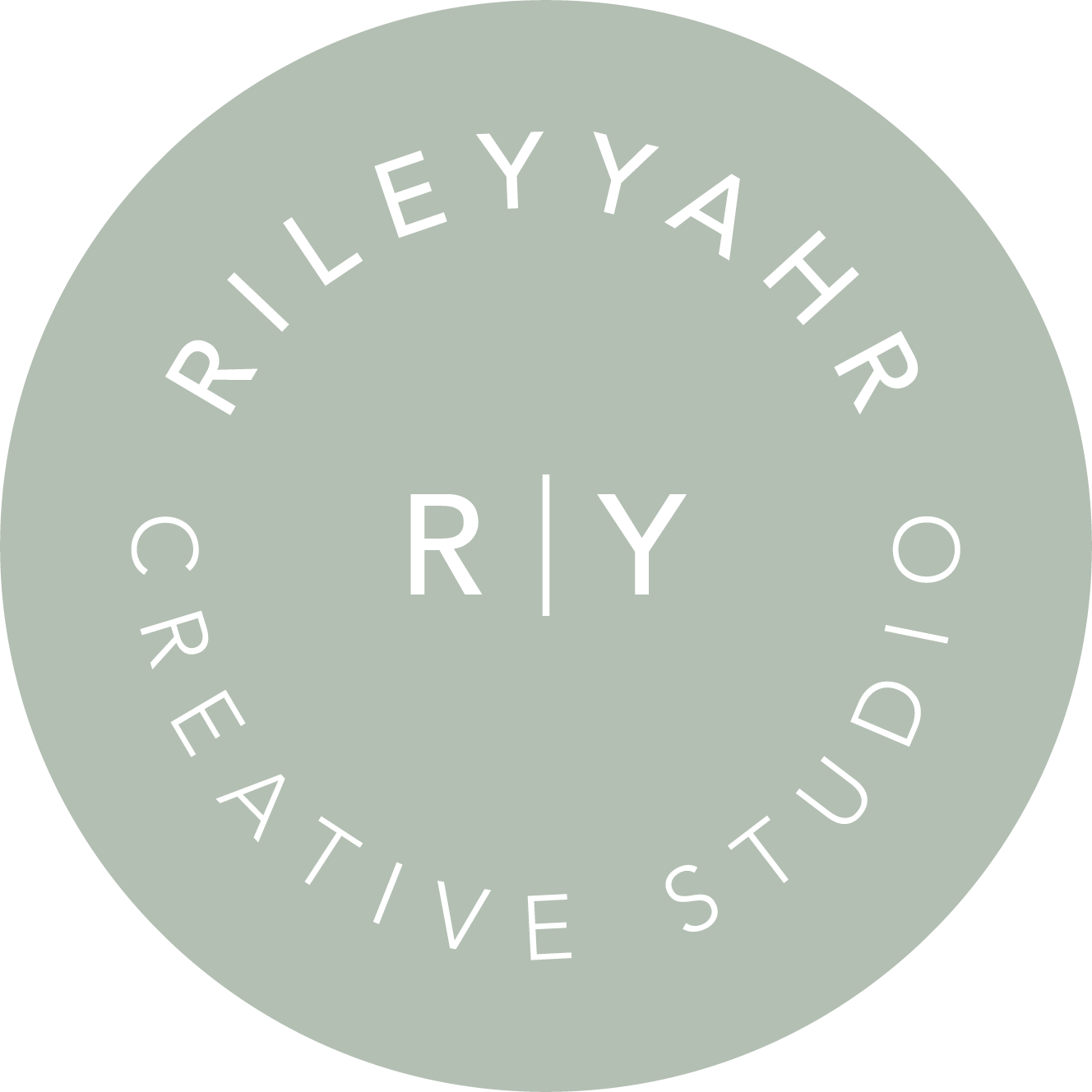The Impact of Typography on Brand Perception
When building a brand, every detail matters. From your color palette to your photography and even your choice of typography. While often overlooked, typography plays a crucial role in shaping brand perception, influencing how customers feel about your business, and setting the tone for your brand’s identity.
Why Typography Matters in Branding
Typography is more than just fonts… it’s a powerful design element that conveys personality and trust. The fonts you use in your logo, website, and marketing materials influence how your audience perceives your brand, even before they read a single word.
The Psychology Behind Font Choices
Different font styles evoke different emotions and associations. Here’s how some of the most common typography styles impact brand perception:
1. Serif Fonts (Timeless, Trustworthy, Established)
Examples: Times New Roman and Garamond
Serif fonts have decorative “tails” or strokes at the ends of letters, giving them a traditional and sophisticated feel. They are commonly used by financial institutions, law firms, and luxury brands to convey credibility and trust.
Best for: Professional services, high-end brands, editorial content
2. Sans-Serif Fonts (Modern, Clean, Minimalist)
Examples: Futura and Montserrat
Sans-serif fonts lack the decorative strokes, making them appear more modern and approachable. These fonts are widely used in tech, startups, and contemporary brands looking for a clean and forward-thinking aesthetic.
Best for: Tech companies, modern lifestyle brands, minimalistic designs
3. Script Fonts (Elegant, Creative, Personalized)
Examples: Lobster and Dancing Script
Script fonts mimic cursive handwriting, adding a personal and artistic touch. They are often used in luxury branding, wedding invitations, and creative businesses to convey elegance and uniqueness.
Best for: High-end fashion, boutique brands, personal brands
4. Display Fonts (Bold, Unique, Eye-Catching)
Examples: Bebas Neue and Playfair Display
Display fonts are designed to make a statement. They are often used in branding when a company wants to stand out or convey a strong personality. However, they should be used sparingly, as they can be overwhelming if overused.
Best for: Trendy brands, entertainment, posters, headlines
How to Choose the Right Typography for Your Brand
Understand Your Brand Personality
Is your brand formal or casual? Modern or vintage? Playful or serious? Choose typography that aligns with your brand’s identity.
Prioritize Readability
While unique fonts can be eye-catching, they should never compromise readability. Ensure your primary fonts are easy to read on both digital and print materials.
Pair Fonts Strategically
Most brands use a combination of fonts. A classic pairing might be a bold display font for headlines and a clean sans-serif for body text. Keep pairings cohesive and limited to two or three fonts for consistency.
Consider Your Industry
Look at successful brands in your industry. What typography do they use? While you don’t have to copy, understanding industry trends can guide your choices.
Maintain Consistency Across All Platforms
Use the same typography on your website, social media, marketing materials, and packaging to create a cohesive brand experience.
Typography is a subtle yet powerful branding tool that shapes how customers perceive your business. Choosing the right fonts can enhance brand recognition, create emotional connections, and build trust with your audience.
If you’re looking to refine your brand’s typography and overall visual identity, I’d love to help! Let’s create a design strategy that speaks to your audience and strengthens your brand presence.

